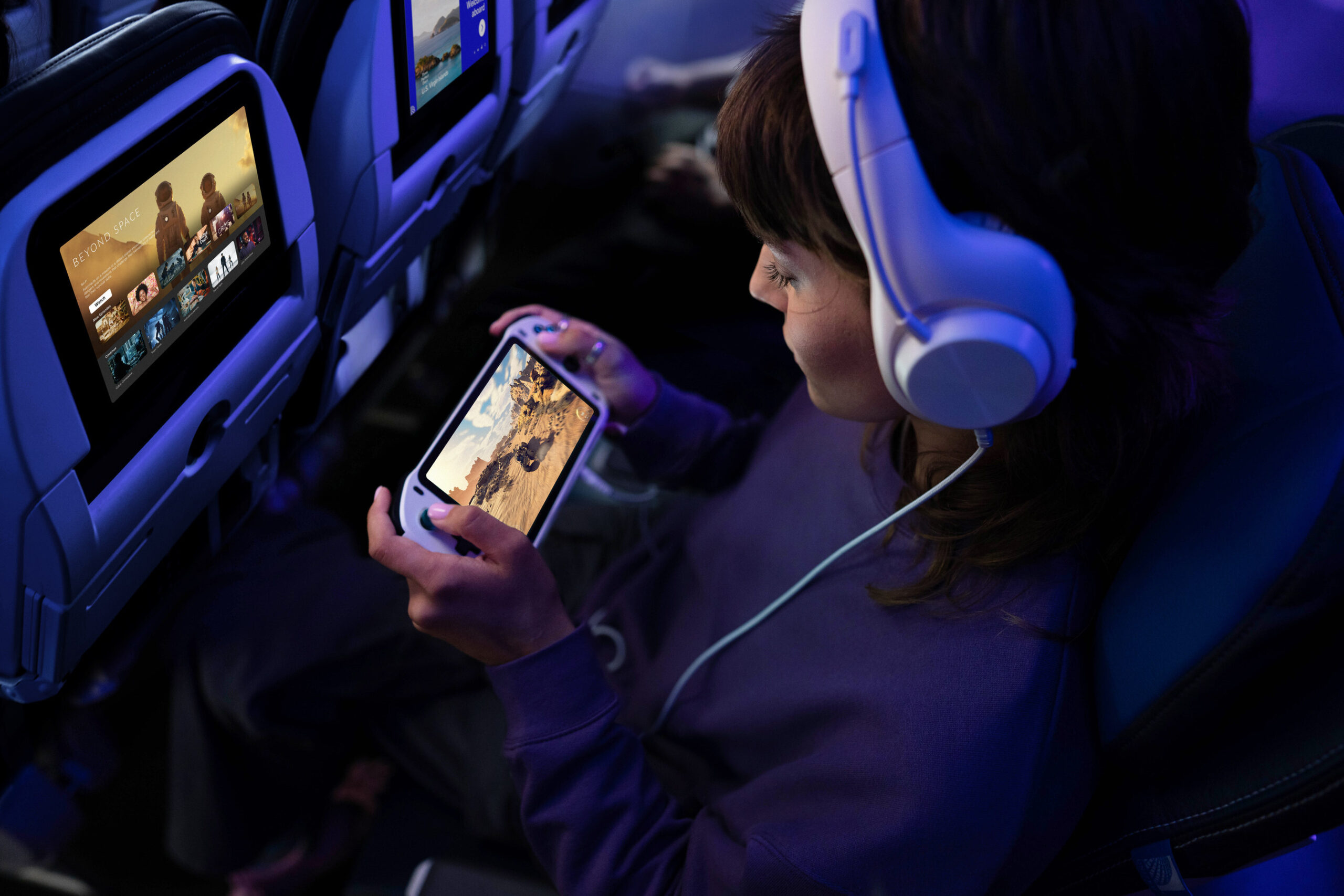TAMPA, Fla. — United Airlines is replacing multiple geostationary operators with Starlink in SpaceX’s largest aviation Wi-Fi deal, shaking up the last satellite broadband market where the low Earth orbit (LEO) constellation had yet to gain significant traction.
The U.S. carrier announced plans Sept. 13 to start equipping the more than 1,000 planes in its international fleet with Starlink connectivity next year, following tests slated for early 2025.
Nicole Carriere, a spokesperson for United, declined to comment on rollout timing and details by aircraft type but said the company will transition from current Wi-Fi partners Viasat, Panasonic, Thales and Intelsat in “a multi-year process.”
United, which has more routes across the Atlantic and Pacific oceans than any other airline, plans to offer passengers high-speed, low-latency Starlink Wi-Fi for free.
“Everything you can do on the ground, you’ll soon be able to do onboard a United plane at 35,000 feet, just about anywhere in the world,” United CEO Scott Kirby said in a statement.
According to United, supported Starlink services would include live streaming, gaming and the ability to connect multiple devices at once under one user.
Evolving competition
The announcement surprised analysts, including William Blair’s Louie DiPalma, who said Viasat’s inflight connectivity service has been considered the gold standard in the industry.
“We expected that Starlink would win the Panasonic Avionics (wide bodies) and IntelSat (regional) equipped aircraft, but not the 536 ViaSat-equipped planes (336 of which are indirectly served through Thales Aerospace),” he wrote.
According to DiPalma, Viasat currently dominates commercial inflight connectivity with 3,750 commercial aircraft in service and another 1,460 in backlog.
Essentially all new planes for United, American Airlines, Southwest, and JetBlue come pre-installed with Viasat Wi-Fi, DiPalma added, and the geostationary operator is still set to be the market share leader five years from now because of the time it takes to retrofit and certify planes.
“ViaSat’s aviation revenue will likely also continue to grow,” he said.
“However, Starlink is positioned to have the highest aviation market share over the next decade as this landmark deal will likely lead to other wins.”
DiPalma told SpaceNews via email that a portion of Viasat’s 1,460 aircraft backlog may be reduced following the Starlink deal.
“In our estimation, sometime in 2025, there will likely be a point in which the ViaSat pre-installs stop, and Starlink will be added to new delivery planes,” he said.
Viasat said it does not expect any material changes to its financial outlook based on United’s Starlink announcement.
“Based on our understanding we believe our current contracted aircraft and contracted backlog will remain in service through the remaining years of our contract with United Airlines,” Viasat spokesperson Scott Goryl said via email, referring other questions about contracts to United.
“In-flight connectivity is a large, attractive growth market,” Goryl added.
“For these reasons, it has always been competitive and given the ever-increasing demand for connectivity, there is room for multiple players.”
Assuming each United aircraft currently connected with Viasat generates $120,000 in revenue every year for the satellite operator, DiPalma said this amounts to around $64 million in annual sales for the company, or roughly 1% of total revenues.
He said it would also likely take three years to roll out the Starlink service on all United aircraft.
Starlink’s United partnership follows Wi-Fi agreements with smaller airlines and regional jet service providers including Hawaiian Airlines (being sold to Alaska Airlines), airBaltic, Qatar Airways, Zipair, JSX, Flexjet and Aero.
Related
Read the original article here
